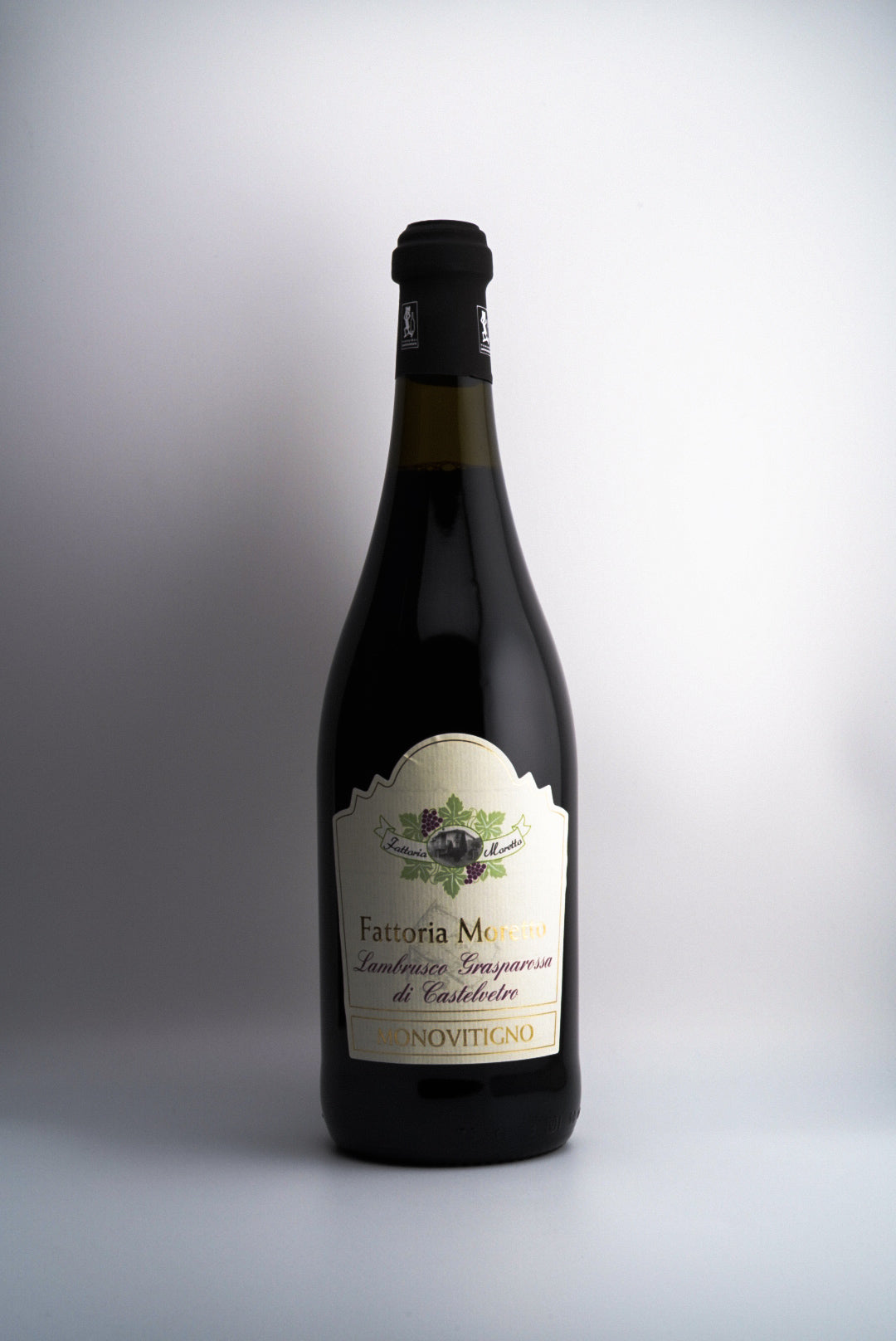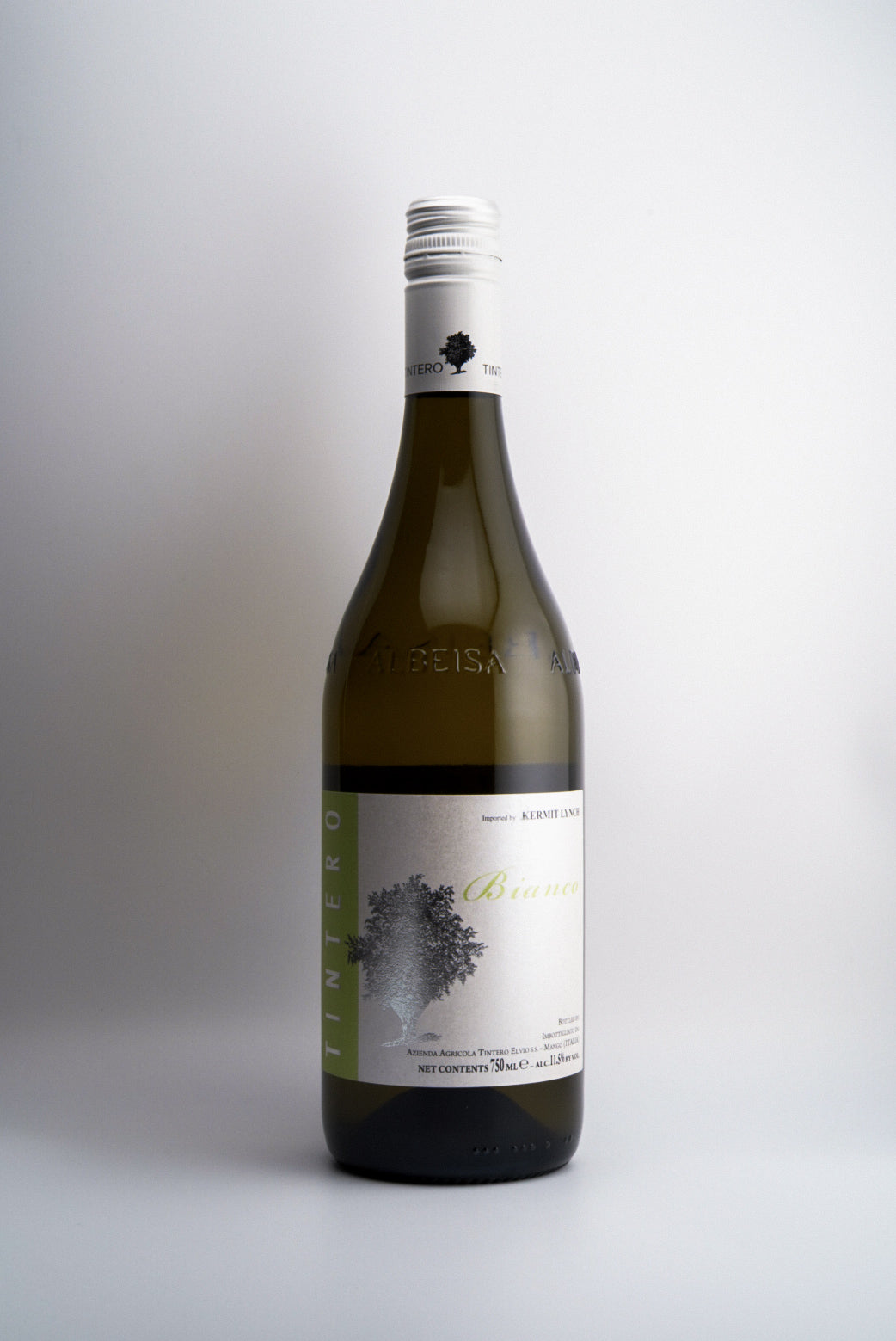Barolo & Barbaresco
In the sun-kissed hills of Italy's Piedmont region, where the fog of the Po Valley meets the majesty of the Alps, lies a winemaking tradition as rich and storied as the land itself. Here, amidst rolling vineyards and ancient villages, two titans of Italian wine stand tall: Barolo and Barbaresco. With a history dating back centuries, these noble reds have captivated the palates and imaginations of wine enthusiasts worldwide.
Formation of the DOCGs and Early Great Wines:
The journey of Barolo and Barbaresco to their current status as revered appellations began with the formation of their respective DOCGs (Denominazione di Origine Controllata e Garantita). Barolo was the first to achieve this prestigious designation in 1980, followed closely by Barbaresco in 1985. These classifications signaled a commitment to preserving the unique characteristics and quality standards of the wines produced in these regions.
Early on, both Barolo and Barbaresco produced wines that gained acclaim for their power, complexity, and ability to age gracefully. Iconic producers such as Giacomo Conterno, Bruno Giacosa, Angelo Gaja, and Aldo Conterno set the standard for excellence, crafting wines that continue to command attention and admiration to this day.
Shift in Winemaking Style and the Barolo Wars:
Over time, winemaking styles in Barolo and Barbaresco underwent significant shifts, reflecting changes in viticultural practices, technological advancements, and evolving consumer preferences. In the 1980s and 1990s, a movement towards more modern techniques emerged, characterized by shorter maceration times, the use of new oak barrels, and a focus on riper, more approachable fruit flavors — wines that didn't need to be aged for 20 years before they could be enjoyed.
This shift sparked what came to be known as the "Barolo Wars," a period of intense debate and controversy within the wine community. Traditionalists argued for the preservation of the region's heritage and the integrity of its wines, while modernists advocated for innovation and adaptation to meet the demands of a changing market.
Differences Between Barolo and Barbaresco:
While Barolo and Barbaresco share many similarities, including their primary grape variety, Nebbiolo, there are distinct differences that set them apart. Barolo, often referred to as the "King of Wines," is known for its power, intensity, and tannic structure. Produced in a larger area with a variety of soils and microclimates, Barolo wines can exhibit a wide range of flavors and aromas, from dark fruits and floral notes to earthy undertones and spice.
Barbaresco, on the other hand, is considered the more elegant and approachable counterpart to Barolo. Produced in a smaller area with predominantly limestone-rich soils, Barbaresco wines tend to be lighter in body with softer tannins, showcasing flavors of red fruits, roses, and tar.
Soils in the North and South of the Region:
The diversity of soils in the Barolo and Barbaresco regions plays a crucial role in shaping the character of their wines. In the northern part of the Barolo zone, soils are predominantly composed of Tortonian marls, which impart structure and complexity to the wines. In the southern part, the presence of Helvetian sandstone and limestone contributes to wines that are more elegant and perfumed.
Similarly, in Barbaresco, the combination of limestone-rich soils and a slightly warmer climate results in wines with distinct finesse and aromatic intensity. These differences in soil composition and microclimate contribute to the unique terroir-expressions found in both Barolo and Barbaresco wines.
Nebbiolo and Terroir Expression:
Named for the "nebbia," or fog, that blankets the vineyards during harvest season, Nebbiolo is known for its pale color, high acidity, and firm tannins.
The taste of Nebbiolo can vary significantly depending on the terroir in which it is grown. In Barolo, wines from the communes of La Morra and Barolo tend to be more approachable and fruit-forward, while those from Serralunga d'Alba and Monforte d'Alba are often more structured and age-worthy. In Barbaresco, wines from the villages of Barbaresco and Neive are prized for their elegance and finesse, while those from Treiso exhibit greater power and intensity.
DOCG Requirements and Regulations:
To bear the prestigious DOCG designation, both Barolo and Barbaresco must adhere to strict regulations governing grape varieties, yields, aging requirements, and winemaking practices. In Barolo, for example, wines must be made from a minimum of 85% Nebbiolo grapes, with the remainder typically consisting of indigenous varieties such as Barbera and Dolcetto (the best producers will use 100% Nebbiolo). Aging requirements vary depending on the style of the wine, with traditional Barolo wines requiring a minimum of three years of aging, including at least two years in oak barrels.
Similarly, in Barbaresco, wines must be made from a minimum of 90% Nebbiolo grapes, with the remaining 10% typically comprising Barbera and Dolcetto. Aging requirements are slightly shorter than those for Barolo, with a minimum of two years of aging, including at least nine months in oak barrels.
Famous Winemakers from Barolo and Barbaresco:
Over the years, a select group of winemakers has emerged as standard-bearers for the excellence of Barolo and Barbaresco wines. In Barolo, names like Giacomo Conterno, Bruno Giacosa, Angelo Gaja, Aldo Conterno, and Bartolo Mascarello are synonymous with quality, craftsmanship, and tradition. These legendary producers have earned international acclaim for their unwavering commitment to producing wines of exceptional character and complexity.
In Barbaresco, winemakers such as Gaja, Bruno Giacosa, Angelo Gaja, Produttori del Barbaresco, and Marchesi di Gresy have similarly distinguished themselves as pioneers and visionaries in the world of wine. Through their innovative approaches and steadfast dedication to quality, they have helped to elevate Barbaresco to its current status as one of Italy's most esteemed wine regions.
Young New Winemakers to Watch:
While the legacy of Barolo and Barbaresco is firmly rooted in tradition, a new generation of winemakers is emerging to shape the future of these iconic appellations. Young talents such as Elio Altare, Chiara Boschis, Marco Parusso, Luca Roagna, Paolo Veglio of Cascina Roccalini, and Silvia Altare are pushing boundaries and redefining what it means to produce exceptional Nebbiolo wines.
With a focus on sustainable farming practices, minimal intervention winemaking, and a deep respect for terroir, these rising stars are crafting wines that honor the heritage of Barolo and Barbaresco while embracing the challenges and opportunities of the modern world.
Climate Change and Langhe Nebbiolo DOC:
Finally, it would be remiss not to address the impact of climate change on the production of Barolo and Barbaresco wines. As temperatures rise and weather patterns become increasingly unpredictable, winemakers in the Piedmont region are facing new challenges in the vineyard and cellar. Yet, amidst these challenges, there is also opportunity.
One such opportunity lies in the Langhe Nebbiolo DOC, a designation that allows producers to make wines from Nebbiolo grapes grown outside of the traditional Barolo and Barbaresco zones. With its more relaxed regulations and lower production costs, Langhe Nebbiolo offers winemakers the flexibility to experiment with new vineyard sites, grape varieties, and winemaking techniques.
The story of Barolo and Barbaresco is one of tradition, innovation, and enduring excellence. From their humble beginnings to their current status as global icons of fine wine, these noble reds continue to captivate and inspire oenophiles around the world. Whether you prefer the power and intensity of Barolo or the elegance and finesse of Barbaresco, there is no denying the profound impact that these wines have had on the world of wine.
Wine 101

Holiday Pairing Guide — 10 Essentials Thanksgiving Wine Pairing Guide: 10 Wines for a Delicious Feast Thanksgiving is our favorite kind of chaos: a table full of savory, sweet, crunchy, and creamy — all at...
Read more →Latest articles

Wine Education · Opinion Don’t Fear Non-Vintage: The Case for Blending Across Seasons We expect wine to behave like a time capsule. One year, frozen in glass. But a single season can be cruel or kind, and ...

What's Below: BBQ & Grilling Perfect Red Wines Meat & Wine Matches Veggie Grill Wines Pool Party Essentials Crisp White Wines Rosé All Day Sparkling Options Party Planning Ho...

What's Below: European Gems Slovenia's Hidden Tuscany Austria's White Wine Wonderland Spain's High-Altitude Surprise New World Discoveries Mexico's Wine Revolution Brazil's Italian Influ...

We've paired every single Trader Joe's cheese with the perfect wine. Your next cheese board is about to get very, very good. The Ultimate Trader Joe's Cheese & Wine Pairing Guide Look, Trader Joe...

"Liberté, égalité, fraternité" The key to great Bastille Day wine pairing is choosing authentic French wines that complement traditional French foods without overpowering them. Rich cheeses, herb-crus...

What wine should you have on 4th of July? These (All American) ones!

"Wine was never trying to be cool. And thank goodness for that." Every few months, another think piece declares wine dead. "Gen Z has killed wine." "Hard seltzers are the new wine." "Why wine isn't cool...

What's Below: The Foundation Introduction The Absolute Reality Real Shopping Experience Digital & Psychological The iPhone Test Psychology of Enhancement Addressing the Purists ...

Image source: Valentina Vineyards. San Diego's top source of organically farmed wine grapes. San Diego County boasts over 172 active wineries and vineyards across diverse microclimates, from coastal va...

Italy boasts a rich tapestry of wine regions, each with its unique terroir, indigenous grape varieties, and winemaking traditions. Join us on a journey through all 20 Italian administrative regions, from int...

The journey of wine grapes from vineyard to bottle is a fascinating process guided by both science and tradition. Let's explore how vignerons determine the perfect moment to pick their grapes for optima...

Easter Wine Pairings That Won't Disappoint Easter is hopping our way, and whether you're hosting an elegant brunch or a family feast, the right wine can transform your gathering from merely memorabl...

Explore Sherry: Spain's Ancient Fortified Treasure Source: Consejo Regulador de los Vinos de Jerez y Manzanilla. If you are trying to get an excellent academic understanding of Sherry, its various styl...

Explore Washington State Wine Source: Washington State Wine Commission. If you are trying to get an excellent academic understanding of Washington State, its various wine regions, and its role within t...

















